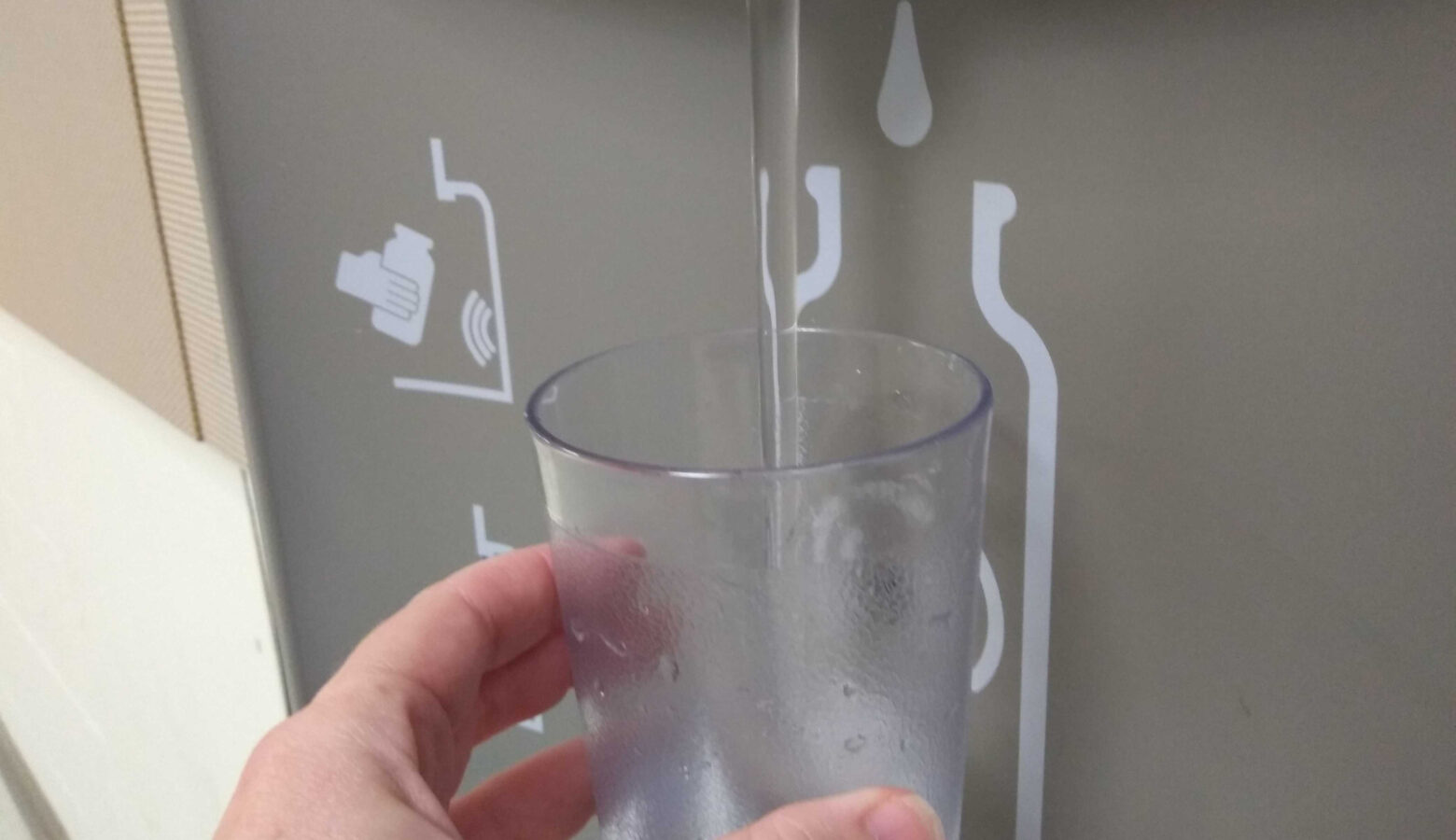PFAS are more toxic than we thought. EPA sets news, temporary health guidelines

Two chemicals used to make non-stick and stain-resistant products are much more toxic than originally thought. That’s according to drinking water guidance released on Wednesday from the Environmental Protection Agency.
PFOS and PFOA are two types of a group of industrial chemicals called PFAS. PFAS have been linked to cancer, problems with the immune system and developmental issues in children.
Called “forever chemicals,” they’ve been found in everything from carpets, to fast food wrappers, to firefighting foams on military bases — like Grissom Air Reserve Base near Kokomo.
Six years ago, the EPA encouraged utilities not to have levels of PFOS and PFOA above 70 parts per trillion in drinking water. Now the agency said those levels should be near zero — because even barely detectable levels can be harmful.
The EPA also released health advisory levels for two chemicals that were meant to replace PFOS and PFOA, but are also toxic.
Lisa Kamendulis is a trained toxicologist and an associate professor at the Indiana University School of Public Health in the Department of Environmental and Occupational Health. She also sits on an EPA review panel for PFAS — which is helping the agency develop rules for the chemicals.
Right now, the health advisory is just a temporary guideline. Those official rules are not expected to come out until next year.
“[The EPA will] issue one of these interim health advisories if they feel that there’s sufficient evidence that they need to inform the public and public water utilities — in this case for drinking water — that there could be adverse health outcomes at lower levels,” Kamendulis said.
Join the conversation and sign up for the Indiana Two-Way. Text “Indiana” to 73224. Your comments and questions in response to our weekly text help us find the answers you need on statewide issues, including this series on climate change and solutions.
So far, the state has found PFAS in the finished drinking water at 10 utilities in Indiana. The Indiana Department of Environmental Management plans to test larger utilities next year.
Kamendulis said utilities that have detectable PFAS should let their customers know about the contamination and help to address it.
“These are not naturally made chemicals,” she said. “They’re coming from some place. So I think testing would need to be done — additional water testing — to find out the scope of what the contamination is and potentially the sources.”
IDEM didn’t make anyone available for an interview, but said it was evaluating the EPA’s new health advisory levels and that it will “determine the best course of action to assist Indiana’s public water systems.”
The agency is also working with the Indiana Department of Homeland Security to collect firefighting foam that contains toxic PFAS from Indiana fire agencies.
Contact Rebecca at rthiele@iu.edu or follow her on Twitter at @beckythiele.
Indiana environmental reporting is supported by the Environmental Resilience Institute, an Indiana University Grand Challenge project developing Indiana-specific projections and informed responses to problems of environmental change.
